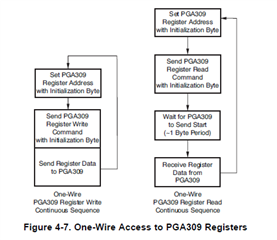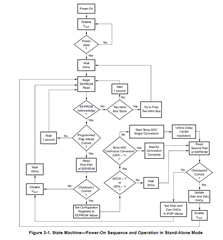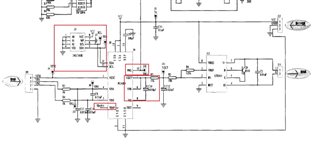Other Parts Discussed in Thread: XTR115
Hello
I encountered the following problems when using PGA309. I do not know the reason, please help.
1.In the absence of an external EEPROM, is vout always high resistance and no voltage output when the Test Pin is pulled down?
2.In the Test Pin pull up mode, I can configure the values of register 1 and 2 through the single or double wire interface, and observe that the vou has the expected voltage value output, but cannot read the values of these two registers. Can I only modify the values of the writable registers here and not read them?

3.When the Test Pin is pulled high, any modifiable register can be modified. I successfully configured register 1 and 2, but failed to write register 3 and 4, and vout did not change. Would you like to know if you can change the value of register 3 and 4 to change the magnification to get the expected output voltage without external EEPROM? If so, what are the possibilities for this problem?

4.External EEPROM is connected, but there is no pre-configured value in EEPROM, is it also unable to make PGA309 work normally when test pin is pulled down (vout has output, register can be configured)?
5.Does Register 3 not support direct access through single-wire interface? And does pga309 have internal memory for direct access to registers 1, 2, 3, 4 without EEPROM external connection?







